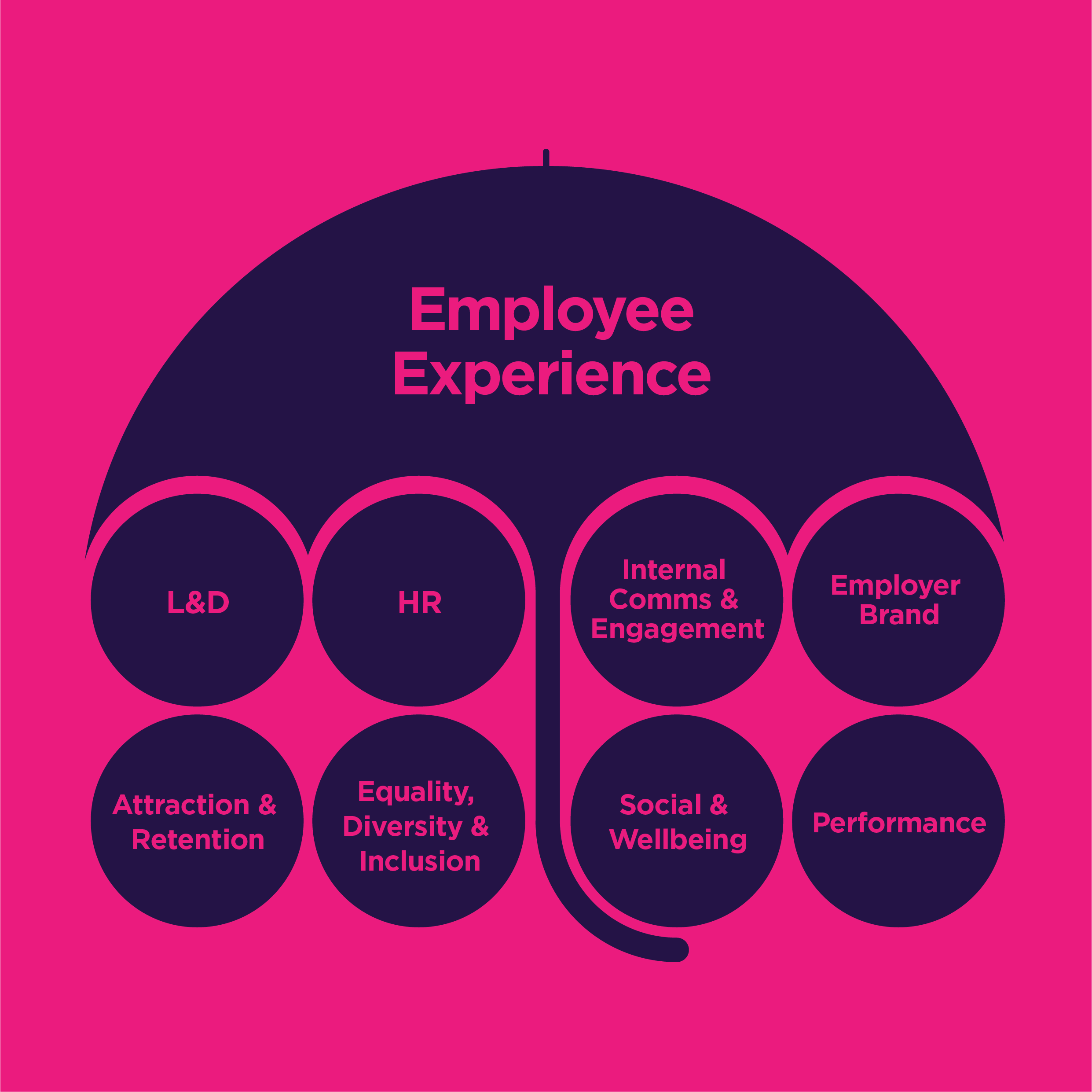Look after your employees and they'll look after your customers
Mojo can undoubtably improve your EX efforts. This blog gives some background to EX, including its scope and importance.
One of the most popular quotes on LinkedIn belongs to Richard Branson: “If you look after your staff, they'll look after your customers. It's as simple as that.” Most organisations talk about how important their people are; but whereas they spend millions on their Customer Experience (CX), they only invest the bare minimum in their Employee Experience (EX). With employee engagement rates as low as 20% across the UK, perhaps it’s felt that talk is cheap in relation to caring about employees.
Denise Lee Yohn, author of Fusion: How Integrating Brand and Culture Powers the World's Greatest Companies, says that to be successful, people-related activities should shift from being, "...side-tasks to be delegated to Marketing and HR to fundamental business priorities that deserve your attention and care."
Brand Experiences define EX as: “The entire relationship between employee and employer. It encompasses every interaction and touchpoint at every stage of the Employee Lifecycle.”
In practice, EX is the umbrella term for all people-related activity, as outlined below. To be clear, EX is not next generation employee engagement. Engagement is a workplace approach; the importance of which has been recognised as in recent years organisations have created dedicated roles and, in some cases, dedicated functions to help boost engagement levels.
What is EX?

The evidence-base
Organisations invested in EX are:
- Included 11.5 times more in Glassdoor’s Best Places to Work
- 4.4 times as often in LinkedIn’s North America’s Most In-Demand Employers
- Listed 28 times more often in Fast Company’s Most Innovative Companies
- Listed 2 times more often in American Customer Satisfaction Index
Many organisations already have a Customer Experience function (or Customer Services), to highlight the importance of the customer. In the coming years, we expect to see organisation’s people-related functions – still commonly branded as Human Resources—to be refocused and renamed as Employee Experience. Human Resources will still exist, but as per the table above, will sit alongside L&D etc. as a dedicated function within EX and will focus upon their core work of handling absence, dismissals, queries over bonuses etc.
This shift will reflect the ever-increasing evidence that EX and CX are two equal sides of the same coin. After all, EXxCX=BX2.
If you'd like to learn more about how mojo can become integral to your EX efforts and support you to achieve gains in engagement, productivity, and ultimately profit, then do get in touch.


